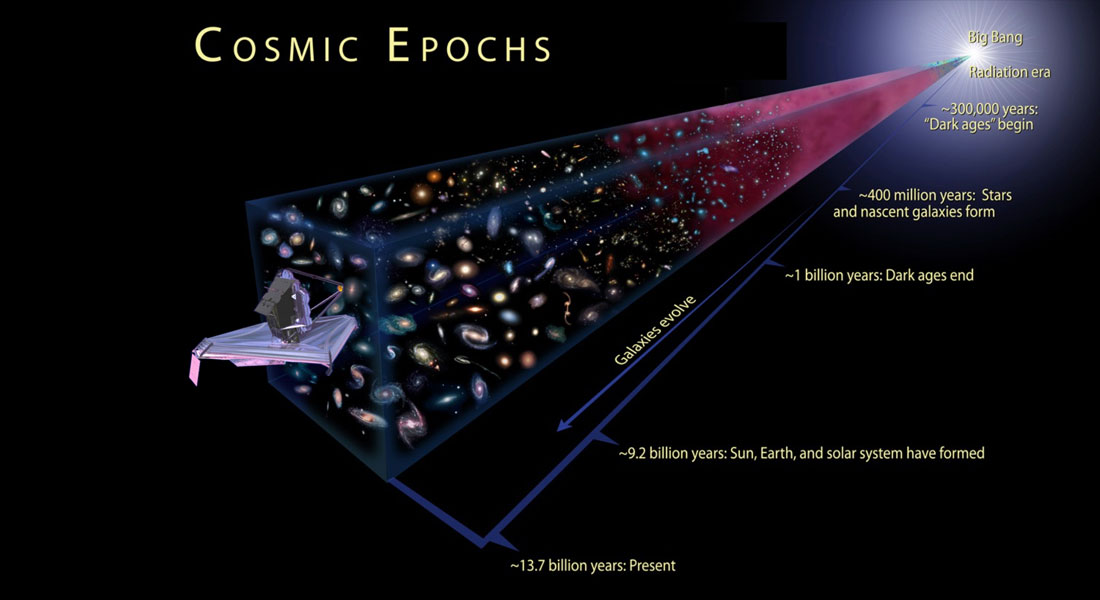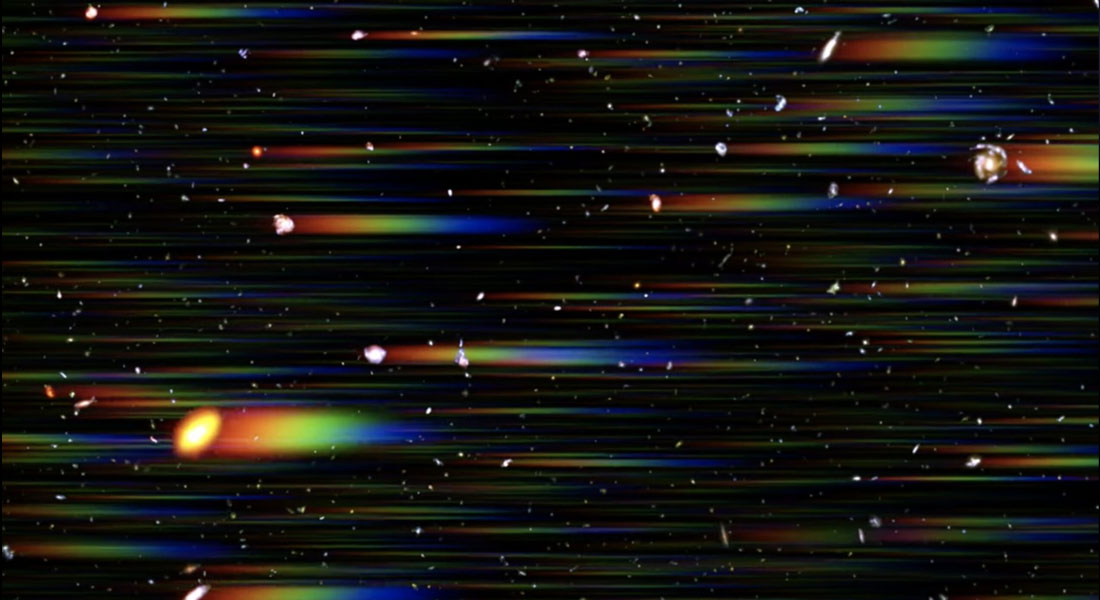Largest James Webb program yet approved: led by researchers at the Cosmic Dawn Center
For the third time since its launch, researchers all over the world have entered the annual selection process for observing time at the James Webb Space Telescope. Among the successful proposals that have now been selected by the committee is the largest program ever conducted with Webb, “COSMOS-3D”, led by assistant professor Koki Kakiichi at the Cosmic Dawn Center. The program aims to map the early Universe in 3D, exploring how galaxies in this epoch evolved and are distributed in space.

As is customary with most telescopes around the world and in space, astronomers compete every year to employ the James Webb Space Telescope to explore exoplanets, study stars, and gaze at galaxies.
While some research groups have been granted a certain amount of guaranteed time — as a reward for contributing e.g. equipment or person-hours — most observing hours require a team of astronomers to submit a proposal.
Subsequently these proposals go through a rigorous review process by a committee of world-leading scientists, selecting the best ones.
Mapping the Universe in 3D
One of the successful participants in this race to use the most advanced telescope in space is Koki Kakiichi, assistant professor at the Cosmic Dawn Center in Copenhagen. With the ambitious goal of mapping the positions and properties of 20,000 galaxies and 5000 supermassive black holes through more than 12 billion years of cosmic time, his program “COSMOS-3D: A Legacy Spectroscopic/Imaging Survey of the Early Universe” is the largest program ever to be carried out with James Webb, in terms of observing hours: a total of 265 hours of exposure time, enough to make some of the faintest galaxies come into view.
Charting our surroundings beyond known boundaries is not just a re-enactment of ancient civilization’s exploration of the world. With the statistics offered by such a huge data set of galaxies, Kakiichi and his colleagues will be able to answer fundamental questions about our Universe:
“Although there’s lots of exciting astrophysics to be explored, we have three main goals”, Kakiichi explains. “Firstly, observing populations of galaxies throughout most of cosmic time we will be able to see how massive galaxies emerge. Secondly, in parallel with the evolution of galaxies, their central, supermassive black hole grow. With COSMOS-3D we will be able to study this growth.”

The latter point is interesting in particular in relation to a recently discovered population of galaxies dubbed “little red dots”, due to their compactness and color. These galaxies are conjectured to be both highly star-forming and host dust-enshrouded supermassive black holes. With the large data set provided by COSMOS-3D, Kakiichi and his team will be able to shed light on their true nature.
The cosmic web
The third key science goal — according to Koki Kakiichi the most exciting one — considers the Universe on its largest scales:
Galaxies are distributed in space not randomly, but in a lattice of filaments known as the “cosmic web”. This web is the largest architecture of the Universe, consisting not only of galaxies but, in fact for the largest part, also diffuse gas in between them.
“By mapping the cosmic web, we will be able to understand how galaxies and their environment co-evolved across space and time. COSMOS-3D will explore the evolution of the cosmic web all the way back in time to the epoch where the intense ultraviolet light from the earliest galaxies were ionizing the Universe,” Kakiichi says. “This will not only allow us to probe the very structure of the Universe itself, but also to get a census of which galaxies were responsible for this ionization, as well as investigating how galaxies and supermassive black hole evolved in that context.”
James Webb will begin acquiring the observations for COSMOS-3D during the winter this year.
